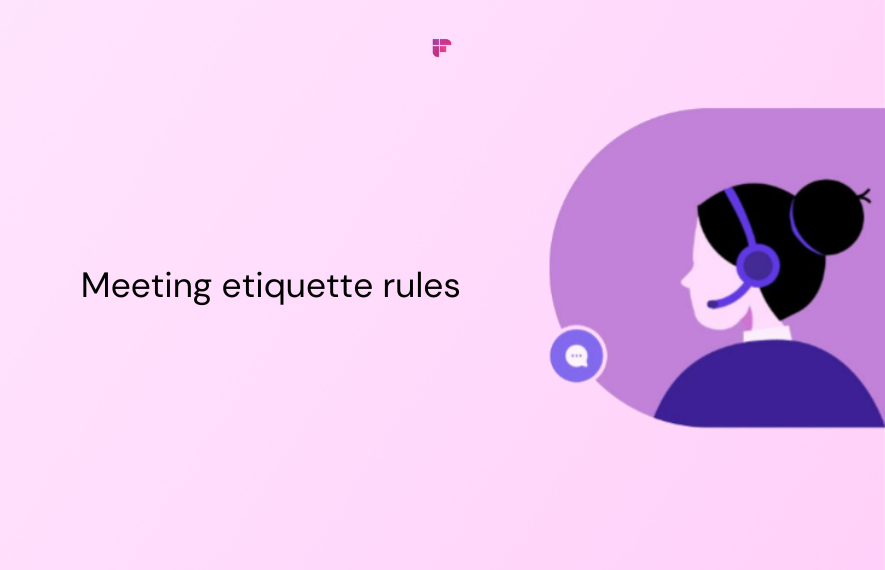5 rules of golf etiquette
World wars and increasing social equality resulted in a simpler code, appropriate to the faster tempo and less pampered conditions of life in society. Nonetheless, etiquette remains active on royal or ceremonial occasions and in the more formal aspects of professional or communal life https://activepatience.com/the-croupier-s-job-is-a-profession-or-a-way-of-life/. No rule of law or principle of morality decrees that a soup plate should be tilted away from, never toward, the diner, or that (in Great Britain) a surgeon shall be known as “Mr.” while a physician is addressed as “Dr.,” but etiquette ordains it. Since the framework and content of the communities of which society is formed are constantly changing, the habits of etiquette can and do change with them.
The Middle Ages was a golden period for Western etiquette, since the feudal system was strictly stratified. Jean Froissart in his Chronicle speaks of the Black Prince waiting at table upon the captive king John of France, after the Battle of Poitiers.
In Britain standards of conduct were greatly affected by the publication in the 16th century of certain Italian works known as courtesy books. Probably the most influential of these was Baldassare Castiglione’s Il libro del cortegiano (1528; The Book of Courtesy, 1561). Further elaborations by English authorities—e.g., Richard Brathwaite’s The English Gentleman and Description of a Good Wife—arrived in colonial America with passengers of the “Mayflower.” These British imports were soon followed by such indigenous products as the manual for parents entitled School of Good Manners (attributed to Eleazar Moody, 1715).
In the workplace, etiquette is indispensable for professional success. Displaying professionalism and courtesy towards colleagues, superiors, and clients can boost one’s career prospects. Proper workplace etiquette, such as punctuality, effective communication, and respectful behavior, can significantly impact an individual’s advancement in their career.
By mid-20th century, however, concern about polite conduct was no longer confined to a social elite. Good manners for ordinary people in everyday situations were set forth in the United States by two prominent and influential arbiters of taste, Emily Post and Amy Vanderbilt. Drawing on her own wide experience in social, political, and diplomatic situations, no less a personage than Eleanor Roosevelt published her own typically practical Book of Common Sense Etiquette (1962).
Rules of meeting etiquette
The natural conclusion to this is that balance is the key. When you have to or want to add something important to a conversation, make sure that you give short and concise feedback or input into the talk.
In general, team members must focus on preparing well, showing up on time, and respectfully participating when during the meeting. Managers, meanwhile, must go above and beyond, preparing to facilitate an effective conversation and leading by example.
Long, meandering meetings just add fury to the frustration. Make the most of the time you have scheduled by sticking to the agenda. If other important topics come up, note them for follow-up at another time.

The natural conclusion to this is that balance is the key. When you have to or want to add something important to a conversation, make sure that you give short and concise feedback or input into the talk.
In general, team members must focus on preparing well, showing up on time, and respectfully participating when during the meeting. Managers, meanwhile, must go above and beyond, preparing to facilitate an effective conversation and leading by example.
10 rules of golf etiquette
Even with the advent of spikeless shoes, the etiquette rule of never walking in someone’s line of play on the putting green is an absolute. The area around the hole in particular is sacred ground. The first thing to note when you walk onto a green is the location of every ball in your group, then steer clear of their lines to the hole.
When approaching the putting green, respect the golfer’s space and step to the side if you need to observe their line. Similarly, standing behind the hole is also distracting, so avoid that position. Instead, stand behind other golfers or far enough away that you won’t be in anyone’s direct line of sight.
Standing behind another player preparing to hit can be distracting. It’s important to stand to the side to give the player a clear view and focus. This helps maintain concentration and respects their shot. Always stay out of the player’s line of sight.

Even with the advent of spikeless shoes, the etiquette rule of never walking in someone’s line of play on the putting green is an absolute. The area around the hole in particular is sacred ground. The first thing to note when you walk onto a green is the location of every ball in your group, then steer clear of their lines to the hole.
When approaching the putting green, respect the golfer’s space and step to the side if you need to observe their line. Similarly, standing behind the hole is also distracting, so avoid that position. Instead, stand behind other golfers or far enough away that you won’t be in anyone’s direct line of sight.
Standing behind another player preparing to hit can be distracting. It’s important to stand to the side to give the player a clear view and focus. This helps maintain concentration and respects their shot. Always stay out of the player’s line of sight.
